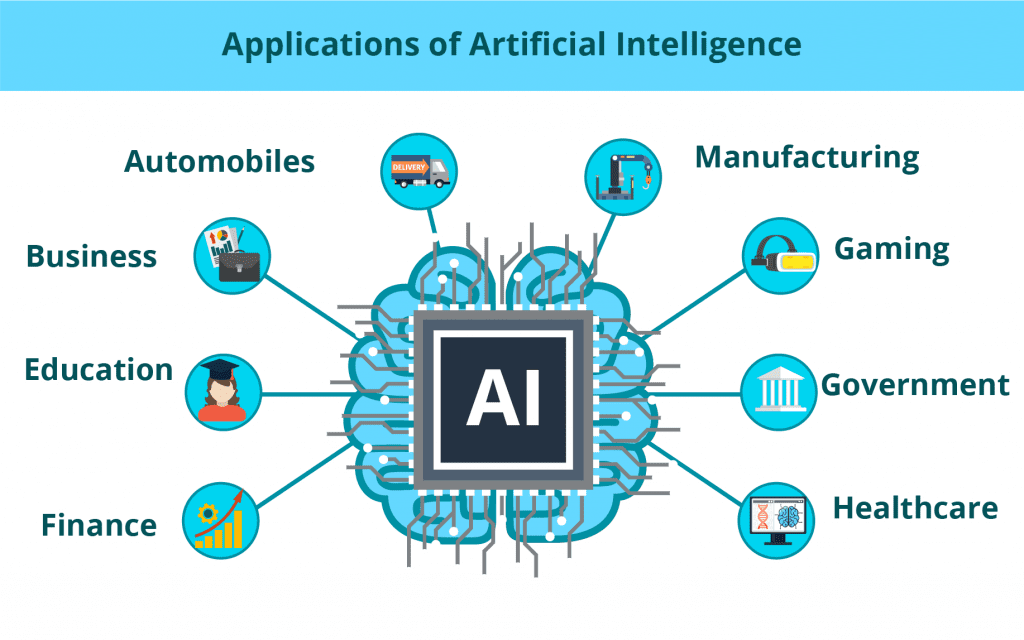The world of artificial intelligence (AI) and machine learning (ML) is rapidly evolving, and with it comes a growing need for specialized developer tools. Just like any construction project requires the right equipment, crafting these intelligent applications demands a specific set of instruments. This article explores some of the key tools that developers can leverage to build the next generation of AI and ML applications.
At the foundation of any AI or ML project lies data. Extracting knowledge and insights from raw information is crucial for training effective models. This is where data manipulation and analysis tools like Pandas and NumPy come into play. Pandas offers a user-friendly interface for working with data structures like tables and time series. Think of it as a powerful spreadsheet on steroids, allowing developers to clean, organize, and prepare data for further analysis. NumPy, on the other hand, excels at handling multi-dimensional arrays, the mathematical building blocks used in many AI algorithms. Together, these tools form a formidable duo for data wrangling, the essential first step in any AI or ML project.
Once the data is primed, it's time to choose the right platform for building the intelligent core of the application. Enter AI and machine learning frameworks. These frameworks provide a collection of pre-built tools and libraries that streamline the development process. Popular options include TensorFlow and PyTorch, both offering powerful capabilities for creating and training complex models. Think of them as pre-fabricated components that developers can assemble to construct the intelligent functionalities of their applications.
For applications dealing with large volumes of vector data, specialized storage and analysis tools become crucial. Vector data represents information as multi-dimensional points, making it ideal for tasks like image and text recognition. Tools like SingleStore step up to the challenge, offering efficient storage and retrieval of these complex data structures. Imagine a high-speed filing system specifically designed for the unique needs of AI applications.
Beyond these core tools, a robust development and version control platform is essential. This ensures smooth collaboration within development teams and allows for easy tracking of changes made to the code. GitHub, a widely used platform, provides a centralized repository for code, facilitating collaboration and maintaining a clear history of code revisions. This is akin to a blueprint for the application, ensuring everyone involved is working on the same version and that changes can be easily tracked and reverted if necessary.
The landscape of AI and ML development tools is constantly evolving, with new options emerging to address specific needs. However, the core principles remain the same. By leveraging a combination of data manipulation tools, AI frameworks, specialized storage solutions, and robust development platforms, developers can construct the intelligent applications that are shaping the future.
